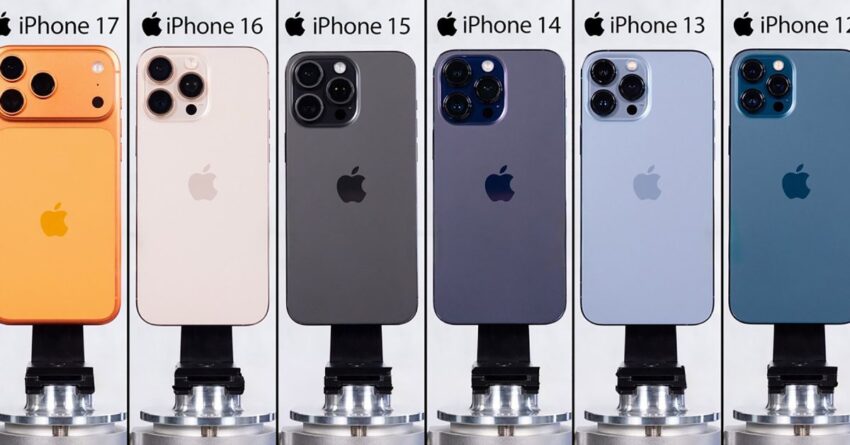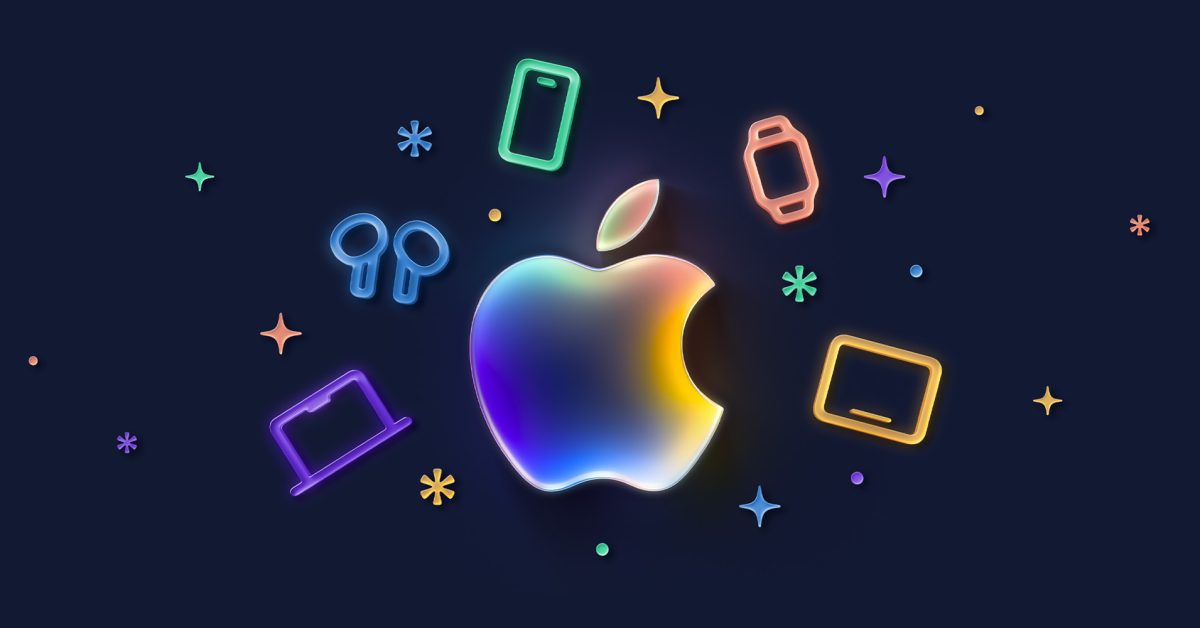
this iphone 17 vs 16 vs 15 A recent video from the PhoneBuff YouTube channel provides an intriguing comparison of the speed performance across multiple generations of iPhones, specifically the iPhone 12, 13, 14, 15, and 16 models, culminating in the latest iPhone 17.
this iphone 17 vs 16 vs 15
The Speed Test Overview
In the video, PhoneBuff conducts a comprehensive speed test that pits these iPhone models against each other in various scenarios, including app launches, multitasking, and overall processing power. This kind of testing is essential for consumers who are considering upgrading their devices or for those who are curious about the technological advancements Apple has made over the years.
Methodology of the Test
PhoneBuff employs a systematic approach to ensure the accuracy of the results. Each iPhone is reset to factory settings before the test, ensuring that no background processes or cached data affect performance. The test involves launching a series of applications in a specific order and measuring the time taken for each device to complete the tasks.
The applications used in the test range from basic tools like the Phone app and Safari to more demanding applications such as video editing software and graphic-intensive games. This variety allows for a well-rounded assessment of each device’s capabilities.
Generational Performance Comparison
The results of the speed test reveal some fascinating insights into how Apple’s iPhones have evolved over the years. Each generation shows improvements in speed and efficiency, but the extent of these enhancements varies significantly.
iPhone 12: The Starting Point
Launched in 2020, the iPhone 12 was a significant step forward for Apple, introducing the A14 Bionic chip. This chip marked the beginning of Apple’s transition to more powerful processors, enabling faster performance and improved graphics capabilities. During the speed test, the iPhone 12 performed admirably, but it struggled to keep pace with its successors, particularly in multitasking scenarios.
iPhone 13: Incremental Improvements
The iPhone 13, released in 2021, featured the A15 Bionic chip, which brought notable enhancements in processing speed and energy efficiency. In the speed test, the iPhone 13 demonstrated a marked improvement over the iPhone 12, particularly in launching applications and handling multiple tasks simultaneously. The A15 chip’s architecture allowed for better thermal management, which contributed to sustained performance during prolonged use.
iPhone 14: A Leap Forward
With the introduction of the iPhone 14 in 2022, Apple continued to push the envelope with the A16 Bionic chip. This model showcased significant advancements in both speed and efficiency. The speed test results indicated that the iPhone 14 outperformed its predecessors by a considerable margin, particularly in demanding applications. Users noted that the device handled graphic-intensive games and video editing tasks with remarkable ease, further solidifying its place as a top-tier smartphone.
iPhone 15: Refinements and Enhancements
The iPhone 15, released in 2023, built upon the successes of the iPhone 14 with further refinements to the A16 chip. The speed test revealed that while the iPhone 15 was faster than the iPhone 14, the differences were not as pronounced as between earlier models. This suggests that while Apple continues to innovate, the incremental improvements may not be as noticeable for everyday users who primarily use their devices for standard tasks.
iPhone 16: The Latest Contender
The iPhone 16, which debuted in 2024, introduced the A17 Bionic chip, offering even more processing power and efficiency. In the speed test, the iPhone 16 showcased impressive performance, particularly in multitasking scenarios. Users reported that the device could switch between apps seamlessly, with minimal lag. This model represents a culmination of Apple’s efforts to enhance user experience through hardware and software optimizations.
iPhone 17: The Current Benchmark
The iPhone 17, released in 2025, is the latest iteration in Apple’s lineup and features the A18 Bionic chip. The speed test results indicate that the iPhone 17 is the fastest model to date, outperforming all previous generations in nearly every category. Users can expect lightning-fast app launches, smooth multitasking, and enhanced performance in demanding applications. The advancements in processing power and efficiency make the iPhone 17 a compelling choice for consumers looking for the best performance available.
Implications for Consumers
The findings from the speed test have significant implications for consumers considering an upgrade. While each new model offers improvements, the extent of these enhancements may not justify an upgrade for every user. For those with older models, such as the iPhone 12 or 13, the performance gains seen in the newer models may be substantial enough to warrant an upgrade, especially for users who rely on their devices for demanding tasks.
However, users with the iPhone 14 or 15 may find that the performance differences are less pronounced, leading to a more difficult decision regarding whether to upgrade. It is essential for consumers to assess their specific needs and usage patterns when considering a new device.
Stakeholder Reactions
The release of the speed test video has garnered attention from various stakeholders, including tech enthusiasts, industry analysts, and consumers. Many tech enthusiasts have praised PhoneBuff for its thorough testing methodology and the clarity of its results. The video serves as a valuable resource for those looking to understand the performance differences between iPhone models.
Industry analysts have noted that the incremental improvements in speed may reflect a broader trend within the smartphone industry, where manufacturers are focusing on refining existing technologies rather than making groundbreaking changes with each new release. This trend could lead to a more cautious approach among consumers when considering upgrades.
Consumers have expressed mixed reactions, with some excited about the advancements in the latest models, while others feel that the pace of innovation has slowed. The discussions surrounding the speed test results highlight the importance of transparency in performance comparisons, allowing consumers to make informed decisions.
Conclusion
The PhoneBuff speed test video provides a comprehensive look at how Apple’s iPhones have evolved in terms of speed and performance over the years. Each generation shows improvements, but the extent of these advancements varies, prompting consumers to carefully consider their upgrade options. As technology continues to advance, the implications for consumers and the smartphone industry will remain significant.
Source: Original report
Was this helpful?
Last Modified: November 22, 2025 at 11:36 am
0 views















